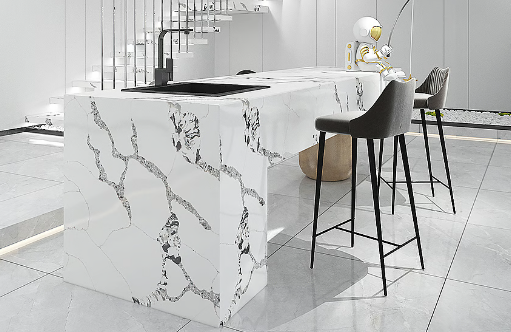Laminates have become a staple in modern construction owing to their versatility, resilience, and cost performance. These materials find use in diverse applications, from flooring and countertops to cabinetry and wall coverings. This article spotlights the key benefits of employing laminates in construction endeavors, emphasizing why they are a preferable choice for both residential and commercial spaces.
Cost Effectiveness remains one of the most compelling rationales for utilizing laminates in construction. Compared to natural materials like wood, stone, or metal, laminates offer a much more affordable alternative. They are manufactured through a high-pressure or low-pressure process that merges multiple layers of synthetic materials, resulting in a product that costs less to produce and, consequently, cheaper for the consumer without compromising quality.
Laminates are engineered to be sturdy and resistant to a variety of environmental factors. They can withstand heavy traffic, making them ideal for employment in commercial settings and busy households. Laminates are also resistant to scratches, dents, and stains, which is a significant advantage in maintaining the aesthetic integrity of surfaces over the passage of time. Their moisture resistance makes them suitable for kitchens, bathrooms, and other areas prone to humidity.
Aesthetic Flexibility bestows extensive aesthetic options, mimicking the appearance of wood, stone, or even metal. This makes it possible to achieve luxurious looks without the high cost of natural materials. The variety of textures, colors, and patterns available allows for personalized design choices that can fit any decorating style, from classical to contemporary.

Another advantage of laminates is their ease of installation. Many laminate products feature interlocking designs that can be quickly assembled, reducing installation time and labor costs. This makes laminates an attractive option for both new construction and renovation endeavors, as they can be installed over existing floors or surfaces without extensive preparatory work.
Laminates require minimal maintenance compared to natural materials. They do not need to be polished, sealed, or waxed—regular sweeping and occasional mopping with a damp cloth are sufficient to keep laminate surfaces looking new. This low-maintenance requirement reduces long-term care costs and makes laminates an appealing choice for both commercial and residential applications.
Many laminate products are made using sustainable practices that include the use of recycled materials, contributing to their eco-friendliness. Additionally, the production process of laminates typically consumes less natural resources than the extraction and processing of natural stones or hardwoods, making it a more sustainable option in the long run.
For a deeper dive into how these versatile materials are made, you can explore more about las laminas.
In conclusion, the employment of laminates in construction offers significant advantages, including cost savings, resilience, aesthetic versatility, ease of installation, low maintenance, and a reduced environmental footprint. These benefits make laminates a smart choice for builders and designers seeking efficient, attractive, and sustainable material options for their projects.